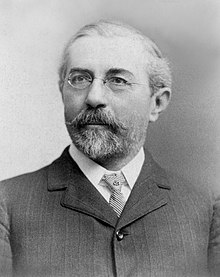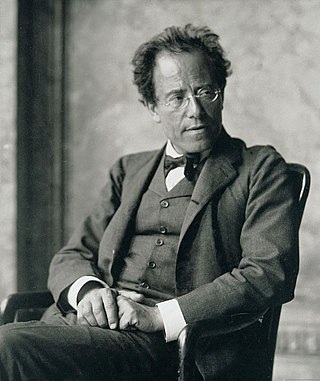
Gustav Mahler was an Austro-Bohemian Romantic composer, and one of the leading conductors of his generation. As a composer he acted as a bridge between the 19th-century Austro-German tradition and the modernism of the early 20th century. While in his lifetime his status as a conductor was established beyond question, his own music gained wide popularity only after periods of relative neglect, which included a ban on its performance in much of Europe during the Nazi era. After 1945 his compositions were rediscovered by a new generation of listeners; Mahler then became one of the most frequently performed and recorded of all composers, a position he has sustained into the 21st century.
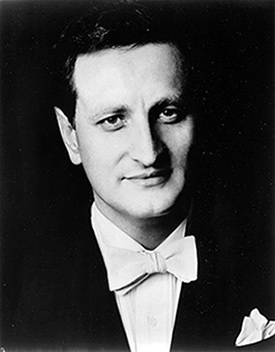
Eduardo Mata was a Mexican conductor and composer.

George Szell, originally György Széll, György Endre Szél, or Georg Szell, was a Hungarian-born American conductor and composer. Considered one of the twentieth century's greatest conductors, he was music director of the Cleveland Orchestra of Cleveland, Ohio, and recorded much of the standard classical repertoire in Cleveland and with other orchestras.

Michael Tilson Thomas is an American conductor, pianist and composer. He is Artistic Director Laureate of the New World Symphony, an American orchestral academy based in Miami Beach, Florida, Music Director Laureate of the San Francisco Symphony, and Conductor Laureate of the London Symphony Orchestra.
Samuel Hans Adler is an American composer, conductor, author, and professor. During the course of a professional career which ranges over six decades he has served as a faculty member at both the University of Rochester's Eastman School of Music and the Juilliard School. In addition, he is credited with founding and conducting the Seventh Army Symphony Orchestra which participated in the cultural diplomacy initiatives of the United States in Germany and throughout Europe in the aftermath of World War II. Adler's musical catalogue includes over 400 published compositions. He has been honored with several awards including Germany's Order of Merit – Officer's Cross.

Hans Swarowsky was an Austrian conductor of Hungarian birth.

Fritz Busch was a German conductor.
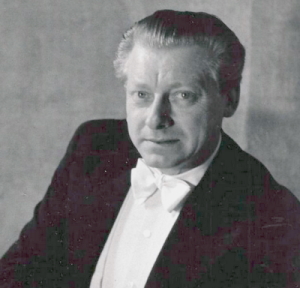
Hans Schmidt-Isserstedt was a German conductor and composer. After studying at several music academies, he worked in German opera houses between 1923 and 1945, first as a répétiteur and then in increasingly senior conducting posts, ending as Generalmusikdirektor of the Deutsche Oper Berlin.
Victor Nicholas Alessandro was an American orchestral conductor.
Dan Welcher is an American composer, conductor, and music educator.

Henry Kimball Hadley was an American composer and conductor.

José Francisco Araiza Andrade, is a Mexican operatic tenor and lied singer who has sung as soloist in leading concert halls and in leading tenor operatic roles in the major opera houses of Europe and North America during the course of a lengthy career. Born in Mexico City, he studied singing at the Conservatorio Nacional de Música de México and later in Germany, with Mozartian tenor Richard Holm, and lieder interpretation with Erik Werba. He made his operatic debut in 1970 in Mexico City as First Prisoner in Beethoven's Fidelio. Araiza initially came to international prominence singing in Mozart and Rossini operas, but in the 1980s broadened his repertoire to include Italian and French lyric tenor roles and Wagnerian roles such as Lohengrin and Walther von Stolzing. He was made a Kammersänger of the Vienna State Opera in 1988. Now retired from the opera stage, he teaches singing and serves on the juries of several international singing competitions.
Mack Kendree Harrell, Jr. was an American operatic and concert baritone vocalist who was regarded as one of the greatest American-born lieder singers of his generation.
Gustav Meier was a Swiss-born conductor and director of the Orchestra Conducting Program at the Peabody Institute of the Johns Hopkins University. He was also Music Director of the Greater Bridgeport Symphony Orchestra in Connecticut, for more than 40 years (1972–2013).
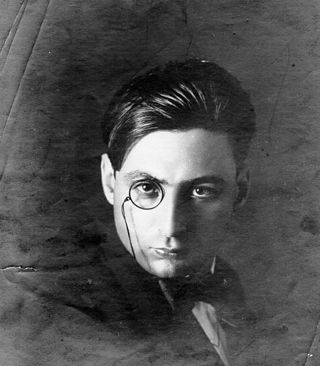
Emilios Riadis was a Greek composer.
Richard John Dufallo was an American clarinetist, author, and conductor with a broad repertory. He is most known for his interpretations of contemporary music. During the 1970s, he directed contemporary music series at both Juilliard and the Aspen Music Festival, where he succeeded Darius Milhaud as artistic director of the Conference on Contemporary Music. He was influential at getting American works accepted in Europe, and gave the first European performances of works by Charles Ives, Carl Ruggles, Jacob Druckman, and Elliott Carter as well as younger composers like Robert Beaser. Dufallo, as conductor, also premiered numerous works by European composers, including Karlheinz Stockhausen, Sir Peter Maxwell Davies, and Krzystof Penderecki. He was a former assistant conductor of the New York Philharmonic, and worked closely with Leonard Bernstein from 1965 to 1975. He also served as associate conductor of the Buffalo Philharmonic.
Henry Sopkin was an American conductor. He founded, and for 21 years, from 1945 to 1966, led the Atlanta Symphony Orchestra. Before that, he had been a long-standing pedagogue at the American Conservatory of Music in Chicago, where he taught conducting and led the Conservatory Symphony Orchestra.

Black conductors are musicians of African, Caribbean, African-American ancestry and other members of the African diaspora who are musical ensemble leaders who direct classical music performances, such as an orchestral or choral concerts, or jazz ensemble big band concerts by way of visible gestures with the hands, arms, face and head. Conductors of African descent are rare, as the vast majority are male and Caucasian.

Edoardo Vitale was an Italian orchestral conductor. He was director of La Scala in substitution of Toscanini from 1908 to 1910, though he conducted most of his career at the Teatro Costanzi, now Teatro dell'Opera di Roma. His orchestration and conducting has been described as passionate.
Thomas Paul is an American bass and voice teacher who had an active performance career during the second half of the 20th century. While more frequently heard in oratorios and other concert literature, Paul also appeared in operas during his career with companies like the New York City Opera, the San Francisco Opera, and Washington National Opera. In 1964 he created the role of Jack Spaniard in the world premiere of Robert Ward's The Lady From Colorado at the Central City Opera. In 1976 he portrayed Jared Bilby in the world premiere of Carlisle Floyd's Bilby's Doll at the Houston Grand Opera. He was a full time professor of voice at the Eastman School of Music at the University of Rochester from 1973 through 1998, and also taught at the Aspen Music Festival and School.
